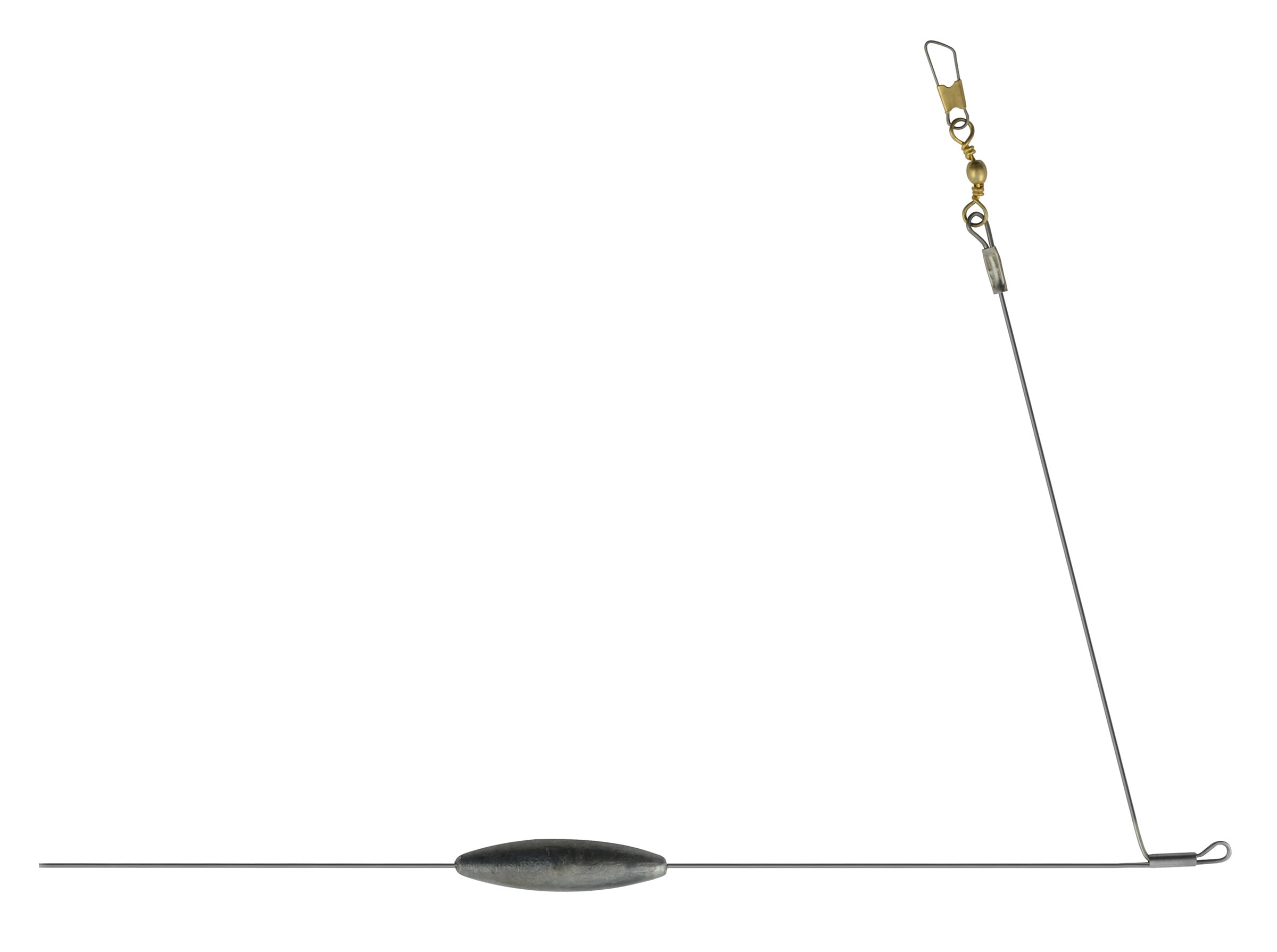

The presenter places the particle counter directly in front of the filter-almost touching it with the sensor-and notes that virtually no particles are passing through. One other thing worth mentioning: A popular video of this hack, from the University of Michigan Health System, overstates its potential. But if you have an air-quality emergency on your hands-regional wildfires, or your charred dinner under the broiler-and you have a box fan, tape, the right sort of filter, and no time to get an air purifier, it’s worth a shot. And no box fan is engineered to withstand the extra workload of driving air through a dense filter, so we can’t claim this won’t damage the fan’s motor, and we wouldn’t consider it a long-term solution for air-quality issues. You should do the same if you try this hack. Some caveats apply: I was careful to seal the filter around its entire perimeter with clear pro-strength packing tape-any gap would have let unfiltered air pass through, same as on dedicated air purifiers.

That’s nothing like the 99 percent reductions our picks achieved on their high settings, and it didn’t reduce particulates as quickly, but the results were better than one might expect. And you know what? It did okay, cutting the initial particulate load by 87 percent over 35 minutes on medium. I taped a 20-by-20-inch Honeywell FPR 9 filter to a Lasko 20-inch box fan and ran that combo through our standard 35-minute, five-match test in our 200-square-foot New York test space, with the fan on high. In 2018, I tested a popular claim: that sticking a furnace/HVAC filter on a standard box fan produces a useful DIY air purifier. This quick fix may help mitigate the conditions in the meantime.

We've done extensive research into the tools to help you prepare for the next wildfire, but we get it-the air quality is bad now, and you're missing a few items on that list (such as an air purifier).


 0 kommentar(er)
0 kommentar(er)
